Now more than ever we’re all a bunch of curious cats: we all want to know as much as possible before making choices.
We interviewed our fine guys and gals here at Slingshot to find out what people like you were asking, so you don’t have to!
Who is Slingshot?
We are a software and application development company started in 2005. Whether you’re a Fortune 50 company wanting to streamline your process or a small to mid-sized organization needing to create a mobile app, we can help.
What is your process?
We work on both projects from start to finish and through a dedicated team model.
For projects, our process contains 3 main phases: Research, Design, and Development. During Research we’ll get an in-depth understanding of your vision and goals along with studying and interviewing the people who in the end will use your application. In Design, we will create the polished interface for your application and turn it into a prototype that we can use to test with the users. During Development, our engineers write the code and turn the prototype into a functioning application. Finally, once your project has met our criteria for beautiful design and intuitive functionality, we can launch your product to the Cloud and support you long term.
In the dedicated team model, we build a talented team of engineers that are a fit for your project and environment and help with either a large project or become a permanent fixture of your development team.
If you want to learn more, visit our process page.
What other work have you done?
We’re glad you asked! We’ve completed hundreds of projects, and have probably helped solve a client’s problem that is similar to yours. If you want to read some of our case studies, visit our work page.
Is your development team located in the US?
Our core development team along with our product managers and designers are located in the US. However, we also supplement our team with QA analysts and developers from Ukraine.
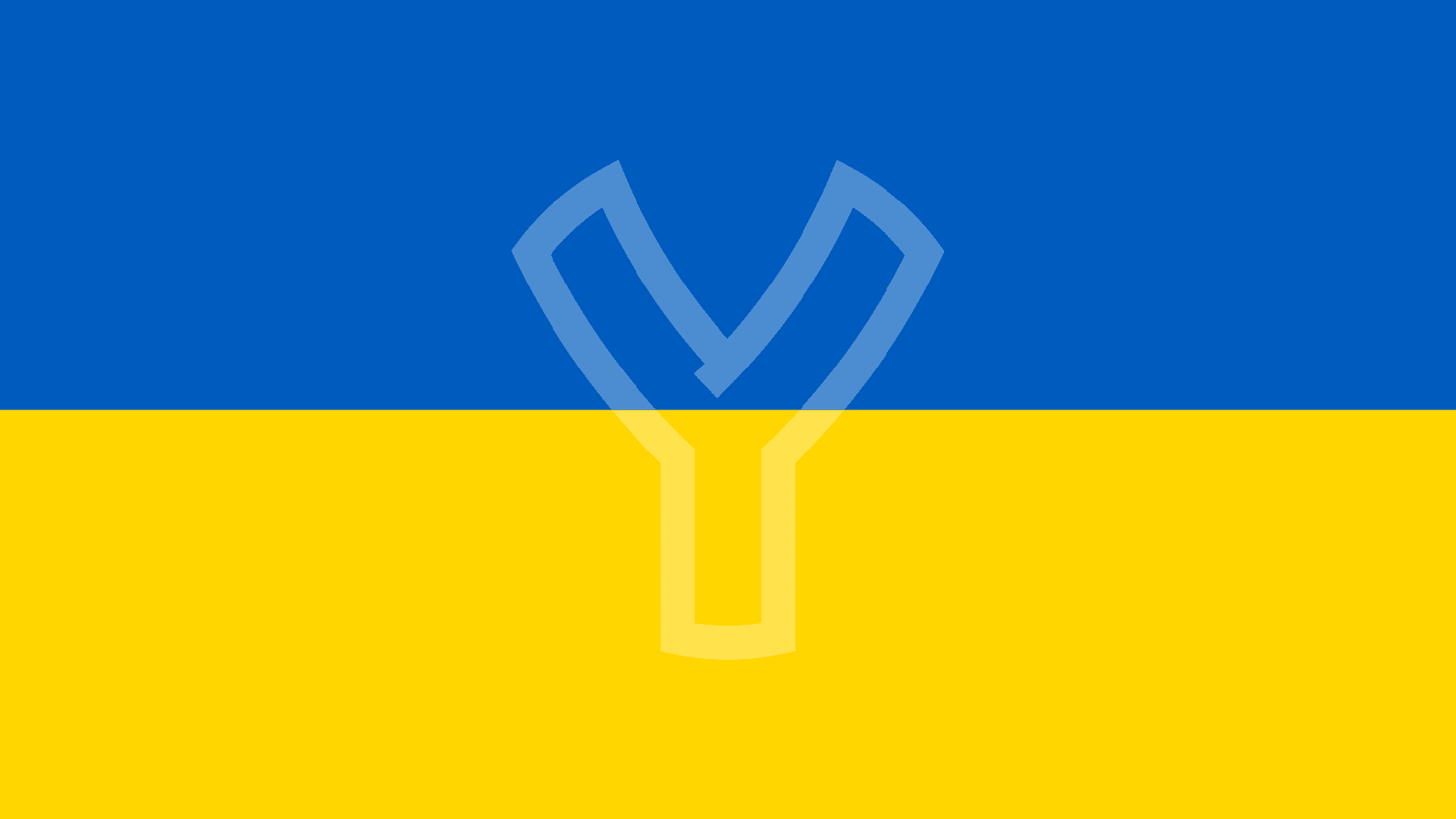
Why do you use Ukraine developers?
Our Ukraine developers are incredibly talented and passionate, just like our in-house team. Using developers from the Ukraine allows us to scale quickly for large projects, getting your application to market faster. We can also draw on a wide array of skills, allowing us to build the perfect team for any given project. Ukraine rates are lower than in the US and we pass these savings along to our clients.
How long will it take to make my project?
Your timeline, as you’d expect, is dependent on your specific project. Each individual app’s timeline is based on the scope of the project. On average, a mobile app for iOS and Android would take about 4-5 months. A web project’s timeline is more irregular and could take anywhere from 4-9 months.
How much will it cost?
If you’re thinking you need a mobile app, we wrote an in-depth analysis of cost found here! For enterprise solutions, simple integrations may be $10k and entire systems could be $250k or higher.
How do you quote a project: an hourly basis or fixed cost?
Usually, we split work into a fixed cost for research, another for design, and then again for development based on milestones. Smaller projects or ad hoc requests can be done hourly.
What team structure is required for my project?
As we’ve mentioned, each project is personalized to your needs. Typically, a team will consist of a product manager, a UX designer, an architect, and at least one developer. It’s also very common to have a QA analyst. A QA analyst will test your application and log issues for the development team to fix, helping ensure a smooth launch.
How do you determine what needs to be built?
It’s a process. During the research phase, we talk to stakeholders and users to analyze goals, constraints, and the problem your application is trying to solve. From these interviews, we analyze their responses and decide on features. Designers will then create the actual interface design (how your app will look) and create prototypes to test features with users. After iterating through the design until everyone is happy, the final prototype will determine exactly what will be built.
What can I do to help?
Be honest with us! We’ll be asking for your opinion frequently to ensure you love the app you’re getting. We want to hear your honest feedback; we can take it! If you don’t like something, show examples of what you do like. We want to make the perfect product for you.
What will my time commitment be?
That depends on you! If you want to attend every user interview or daily stand up, go for it. If you want to mostly hand us the reins and relax, that’s fine too.
At a minimum we request you be available for one to two hours a week during the Research and Design phases of the project while being available for at least an hourly meeting per week during the Build phase. Additionally, you’ll need to set aside an hour a week throughout the project to answer questions and during the Build Phase to test released functionality.
Do you sign Non-disclosure agreements with your clients?
It is our standard that we sign an NDA. We care about your privacy!
What are you capable of?
Our services are mobile app development, UX design, enterprise software solutions, web app creation, and AWS cloud development. We are problem solvers and creators above all else and we love figuring out exactly what kind of solution works best for your business. To learn more about what we’re capable of, visit our services page.
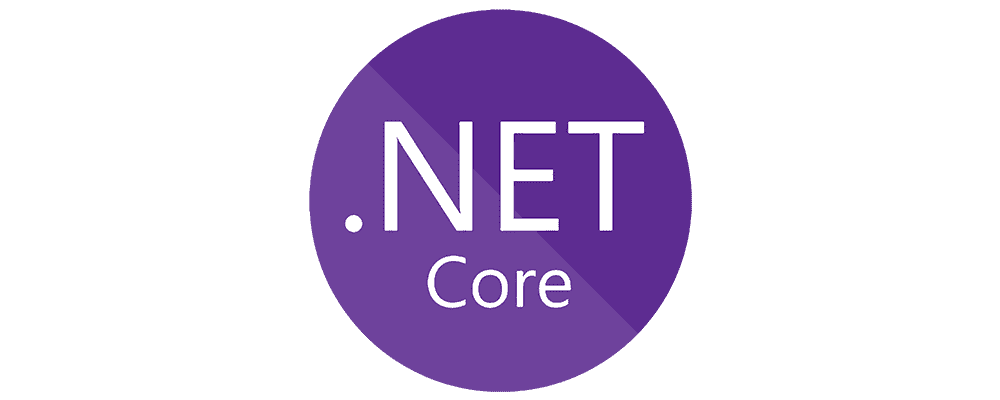
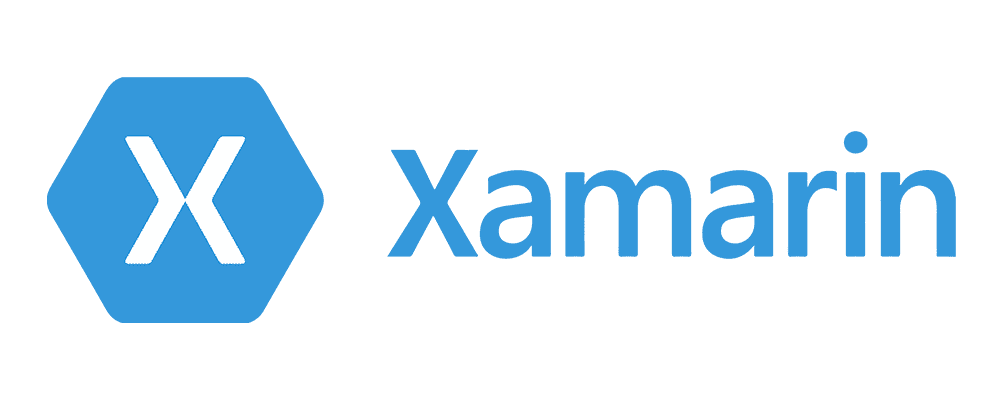
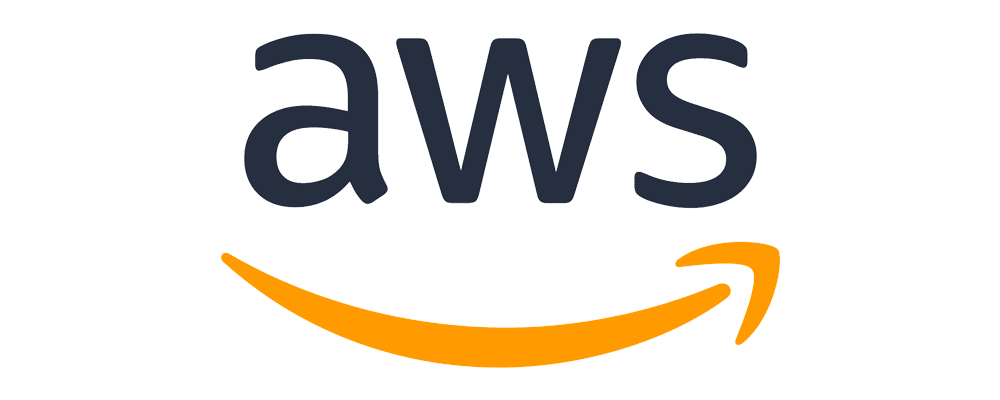
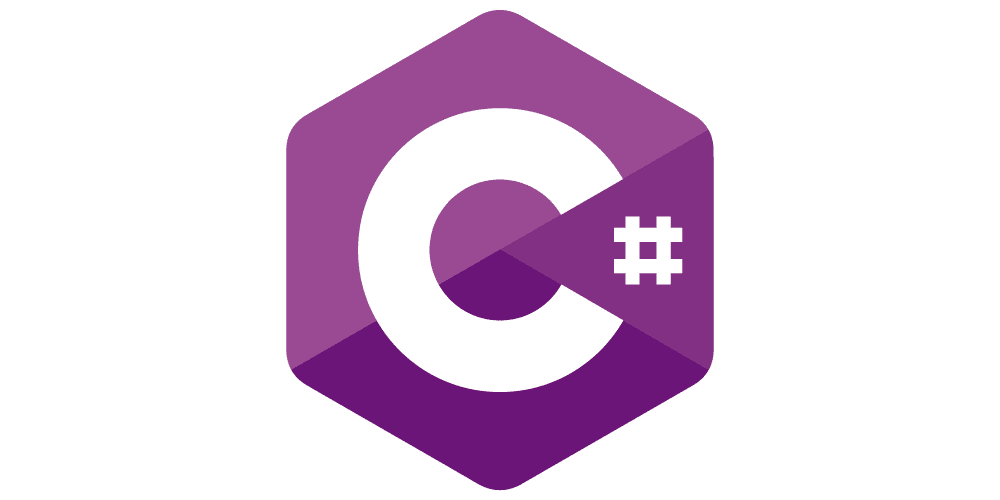
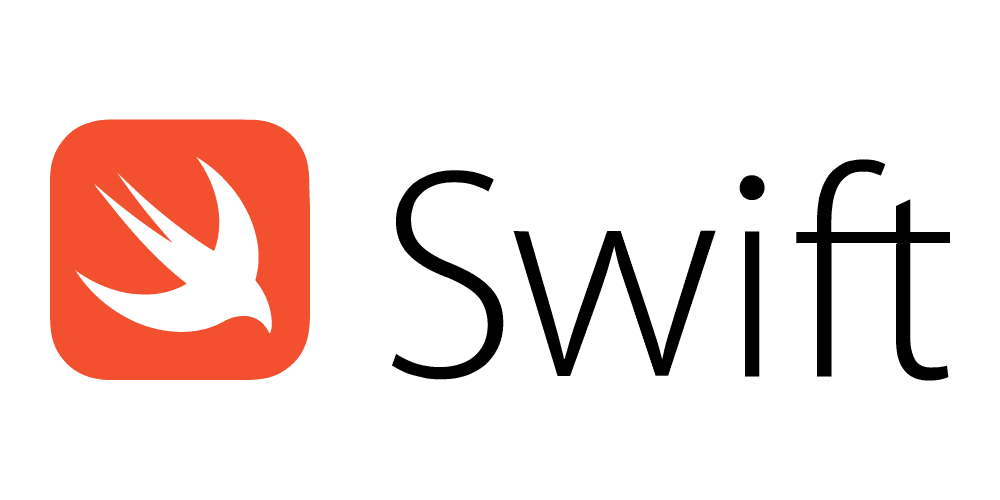

What technologies do you use?
For mobile, we develop native apps for Android and iOS and use the cross-platform framework Xamarin. For the web, we primarily develop with .NET Core using front-end technologies Angular and Vue.JS. For database technologies, we’ve used almost everything and can pick what’s right for your project. As an AWS Select Tier partner, we work primarily in AWS, but also have solid experience working with Azure.
To see all of our technological capabilities, visit our technologies page.
How do we get our mobile app in the Apple and Google stores?
While some clients manage this aspect themselves, Slingshot can easily help you get your app on the mobile stores. Your mobile app will need to be submitted to each company to pass their standards. Once accepted, your app will officially go live on the market. A listing with screenshots will need to be created before it can be downloaded.
Who would you want to talk to in interviews?
While this is decided at the first initial meeting, we’ll typically interview key stakeholders along with a set of people we project to be the actual people using the application once it’s built.
How many people do you interview?
We typically like to speak with 5 to 10 people of each user type. For instance if you’re building a mobile app that connects pet owners with vets, we’d talk to 5-10 pet owners, and 5-10 veterinarians.
What else do you do during the Research Phase?
Studying competition is a big part of our research. This could include looking at direct competitors as well as looking at apps that are somewhat similar and have been successful. We’re looking to avoid mistakes others have made and for inspiration. Most of all we want to make sure your application is unique.
If your idea is technically complex, we’ll bring in some of our engineers to make sure we understand any possible constraints that could alter our approach to the design.
Why invest in the research process if we already know what we want?
Research helps us uncover the details of how potential users experience the problems your app aims to solve. With this information, we are able to accomplish several things. We can double-check the assumptions made previously. We uncover new insights that lead to a simpler and more effective design. We can prioritize important features and get to market faster. Without research data from users, we’re just making a gamble.
What is the difference between UX and UI design?
UX stands for user experience. In software design, this focuses on how the user flows through the app and completes objectives. If tasks can be completed easily and without assistance, that’s good UX. UX consists of researching the background, emotions, and behaviors of potential users.
UI represents user interface. UI is the visual aspects of your app. How things look, colors, icons are all part of user interface design. In our design process, we’ll build wireframes to create your UX, later creating your UI.
Why are the wireframes not fully built?
First off, you may be wondering what the difference is. We use wireframes to plan out how a user could flow through a product before getting to the user interface stage. Wireframes are created solely to nail down the user’s story, not on the details of how it should look.
What is a prototype?
At Slingshot, a prototype is when we take the fully designed UI and place it in a prototyping software. This allows future users to click through your app design. Prototypes look and function almost identical to the actual app.
How do you know your designs are good?
To ensure our designs are easily understood by the people who will use the app we’ll conduct user testing with a prototype. This will test the functionality of your project on multiple levels. Can people navigate and use the application without issue? Does the design flow seamlessly through the app? Does the application solve their problems as we’ve laid it out? Do they enjoy the experience of using the app? Based on results of testing, we’ll usually iterate through the design 2-3 times, making tweaks and re-testing until everyone is happy.
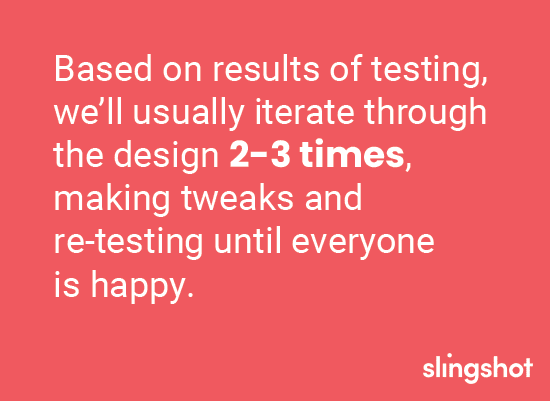
What is your process for testing?
We have a multi-level testing process. While our developers are creating the code, they are practicing test-driven development (TDD). This means that each section of code must pass a coded test before it is implemented. Once the developer has tested their code, a QA checks for anything that the developer might have missed. The next level of testing comes from the product manager and design team, making sure all facets of your software have been tested. Finally, we release the product to you; this way, you can test the build yourself to make sure you are happy with your application.
How do you ensure the application is bug free?
In reality, it’s not always possible to ensure a 100% bug free application. Our first line of defense is our testing process, where multiple people (including you) test the product before it goes live to the public. We recommend releasing your product to a small group of users, so that you can monitor for bugs. Slingshot will fix any bugs found immediately, and will again use several layers of testing before publicly launching your product. After your application is live, you should continue to monitor for bugs.
When can we see the app?
When building an app, it usually takes two to three weeks before we are able to begin biweekly demos. After six to eight weeks, we will begin releasing versions of your software so that you are able to test in a controlled environment. We utilize continuous deployment, so that you are always seeing the latest version of your product.
How do we maintain my project long term?
Slingshot is always around to provide long term support through a retainer or ad hoc. A retainer will ensure that your project has dedicated hours every month to maintain your app. This is the best price in the long run. If you have an emergency, however, we can assist you with ad hoc solutions.
How are bug-issues handled after the app is completed?
We can fix any issues that are found within the first 30 days, as long as those issues are on widely supported devices and OS versions. After 30 days, you can sign a retainer agreement for ongoing support or we can support you ad hoc as issues arise.




